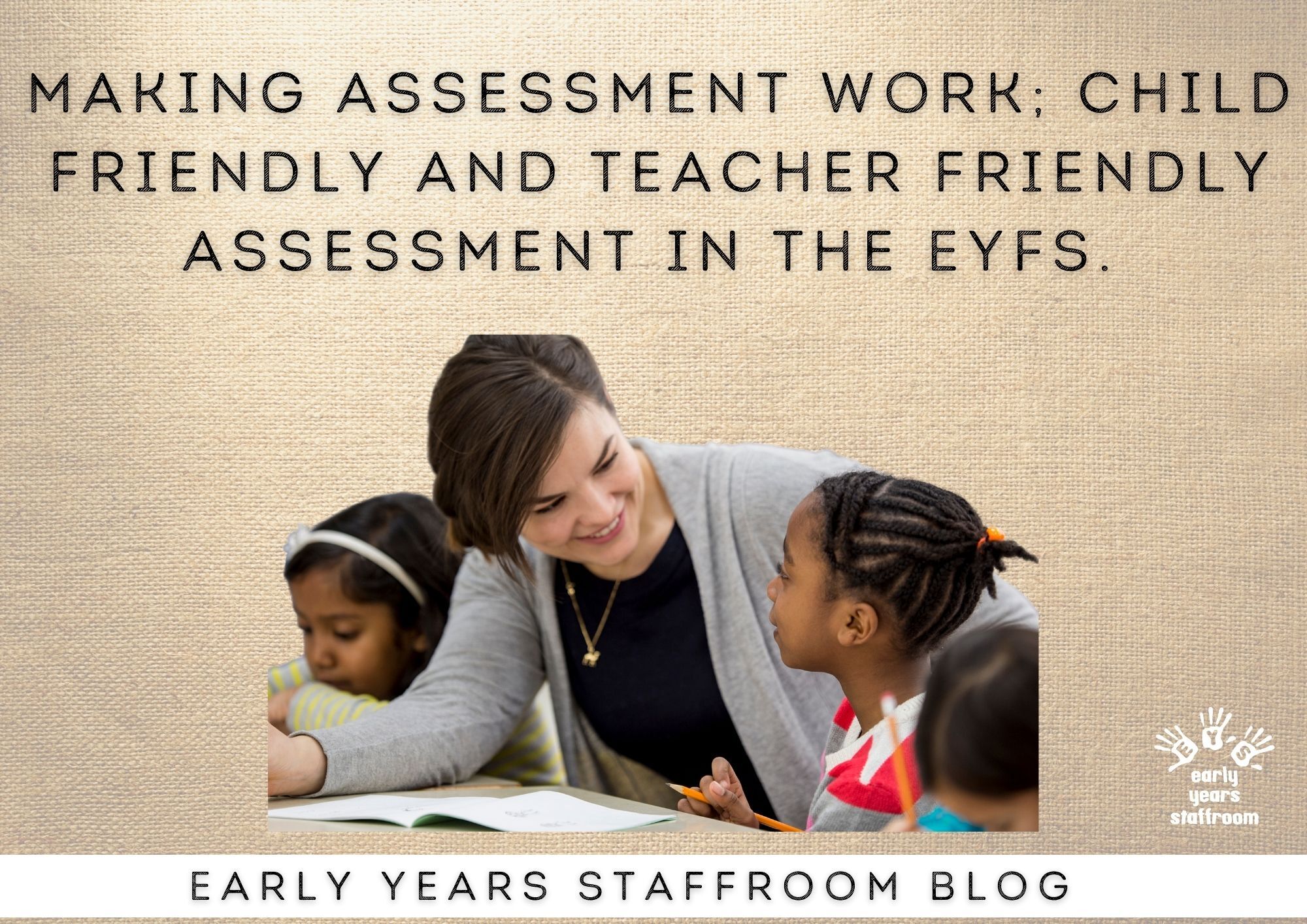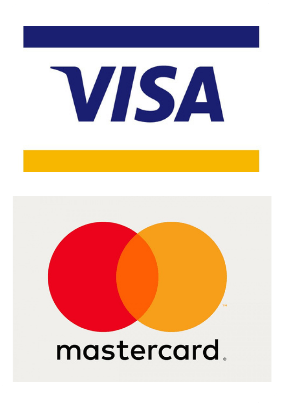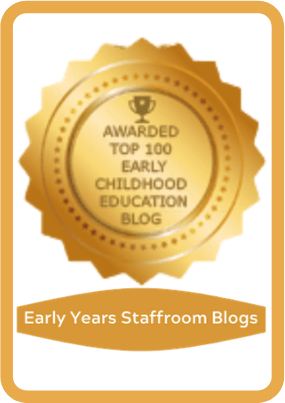By Sarah Starling
Assessments play a crucial role in ensuring the success of Early Years. By measuring a child’s progress against developmental milestones, assessments help practitioners to identify areas where children are meeting their milestones, where they are excelling and where they may require additional support to inform planning. Without assessment planning is not purposeful or meaningful. The use of traditional assessment methods in early childhood education has come under scrutiny in recent years, with concerns that they may not be appropriate for young children and may put undue pressure on them. As a result, there has been a growing movement towards child-friendly
assessment methods that are better suited to the needs of young children.
What is child-friendly assessment?
Child-friendly assessment is an approach to assessment that takes into account the unique needs and characteristics of young children. It recognises that young children are not miniature adults and that traditional and more formal assessment methods that work well for older children and adults may not be suitable for young children.
Child-friendly assessment methods are designed to be age-appropriate, engaging, and non-threatening. With children’s wellbeing at its heart, child-friendly assessment allows productive and effective assessment to take place without any stress being put upon the child, or major deviations from usual classroom rhythms and routines. They aim to provide a more holistic picture of a child’s development, taking into account not only their cognitive abilities but also their social, emotional and physical development.
Examples of some child-friendly assessment methods include observations, play-based assessments and self-assessment. These methods are often used in combination to provide a more comprehensive picture of a child’s progress.
Why is child-friendly assessment important?
Child-friendly assessment is important for several reasons. Firstly, it helps to ensure that assessments are appropriate for young children and do not place undue stress or pressure on them. Traditional assessment methods, such as written tests, may not accurately reflect a child’s abilities and may cause them to feel anxious or frustrated.
Secondly, child-friendly assessment methods provide a more accurate picture of a child’s development. By using a variety of assessment methods, practitioners can gain a more comprehensive and holistic understanding of a child’s strengths and areas for development.
Finally, child-friendly assessment methods can help to promote children’s self-esteem and motivation. By involving children in the assessment process and allowing them to contribute to their own assessment, children feel more in control of their own learning and are more likely to be motivated to learn.
How do we conduct child-friendly assessments?
There are many child-friendly assessment methods that practitioners can use to assess children’s progress. These include:
Observation – Observing children during play and other activities is one of the most effective ways of assessing their progress. Observations can be written but they don’t always have to be and they can be carried out in a variety of settings, including indoors and outdoors. Play-based assessments involve observing children during play and other activities to assess their progress. For example, practitioners may observe children playing with blocks to assess their problem-solving skills or their ability to work collaboratively with others. When using observations to form judgments, practitioners should ensure a balance of adult-initiated and child-initiated moments. A child’s spontaneous and independent choices in play will allow for the deepest understanding of their learning. To ensure you get the best from your observations you may find this observation checklist useful as well as this baseline assessment.
Self-assessment – Self-assessment involves children reflecting on their own learning and progress. For example, practitioners may ask children to talk about what they have learned during a particular activity or evaluate a project with them. Asking children open-ended, exploratory questions about their learning encourages them to answer in greater depth.
Checklists and developmental scales – Use checklists and developmental scales to monitor children’s progress in areas of the EYFS. These tools can help identify specific areas of strength or concern. You can complete these when you are not with the children with discussions with your team.
Parent and carer feedback – Parents and carers can provide valuable feedback on their child’s progress. Practitioners can involve parents and carers in the assessment process by asking them to share key learning moments at home or to provide feedback during parent-teacher meetings.
Finally, how do we make sure that child-friendly assessment is teacher friendly too?
A simple mindset shift can have a huge impact on how we view assessment. Assessment can be seen as an arduous task for teachers, taking up valuable time that could be spent on teaching and planning. However, assessment should not be seen as an add-on to teaching, but as an integral part of it. By building assessment into the day-to-day activities of the class, assessment ceases to be something that happens once every few months, but becomes a natural and continual process, feeding into planning on an ongoing basis. A teacher-friendly assessment approach is one that is streamlined, efficient, and easy to use.
The Early Years Staffroom has a wide range of resources to help with tracking, recording and monitoring which saves time and reduces paperwork, allowing teachers to focus on directly supporting their children.
About the author:
Sarah Starling is a writer and early years consultant with over 20 years of experience in education, both in the UK and internationally. She is the creator of Box Phonics, a phonics scheme for international learners and home educators. Sarah splits her time between the UK and travelling internationally.











